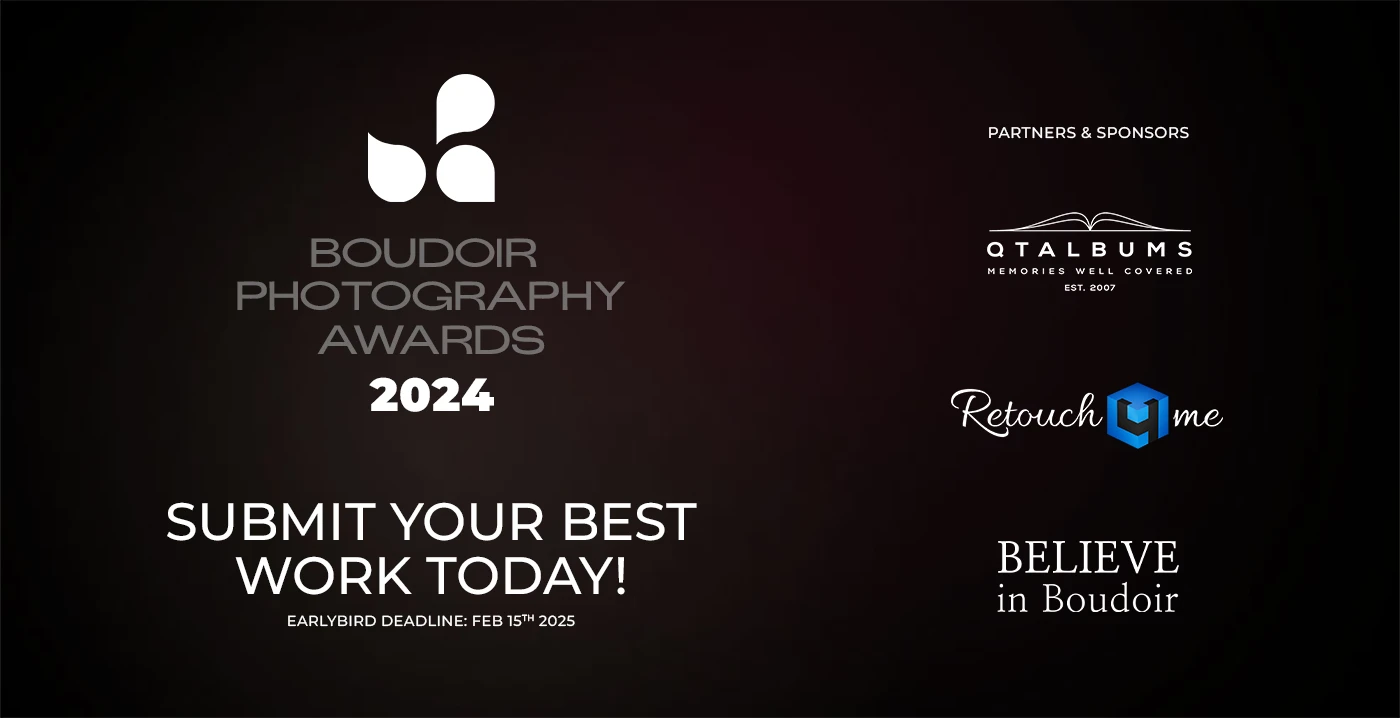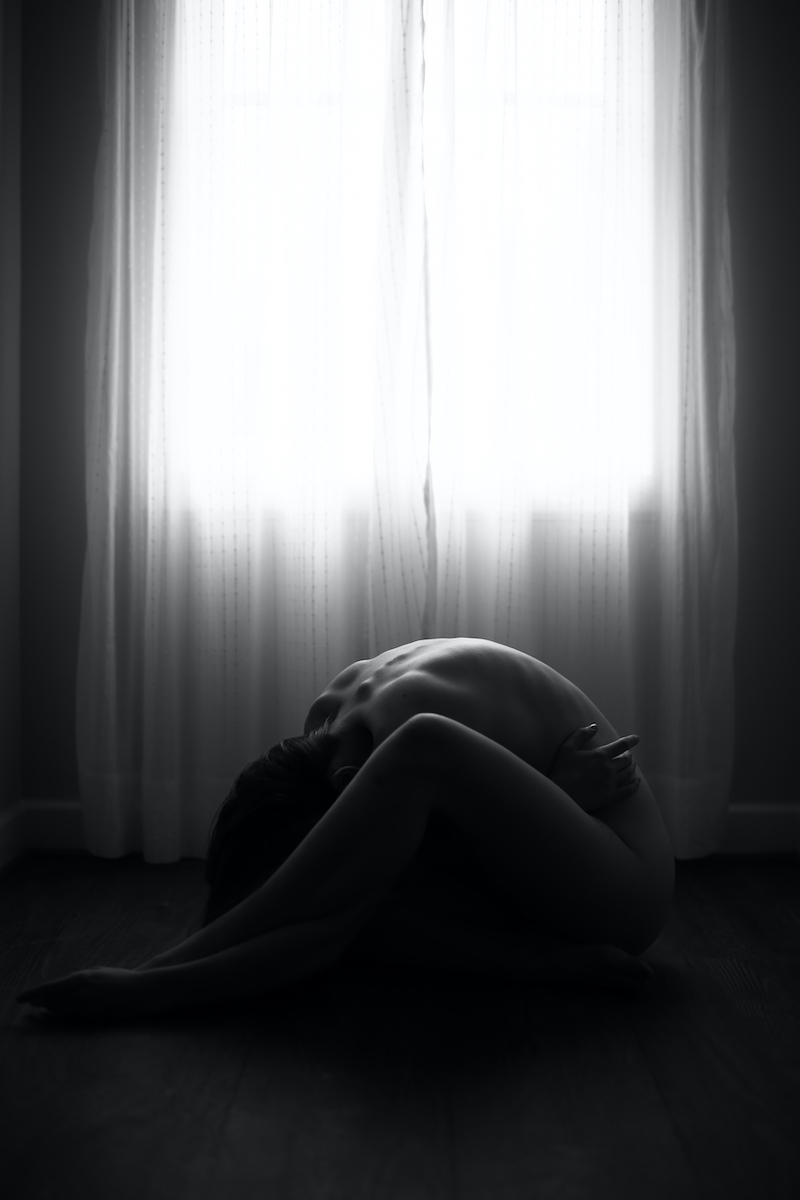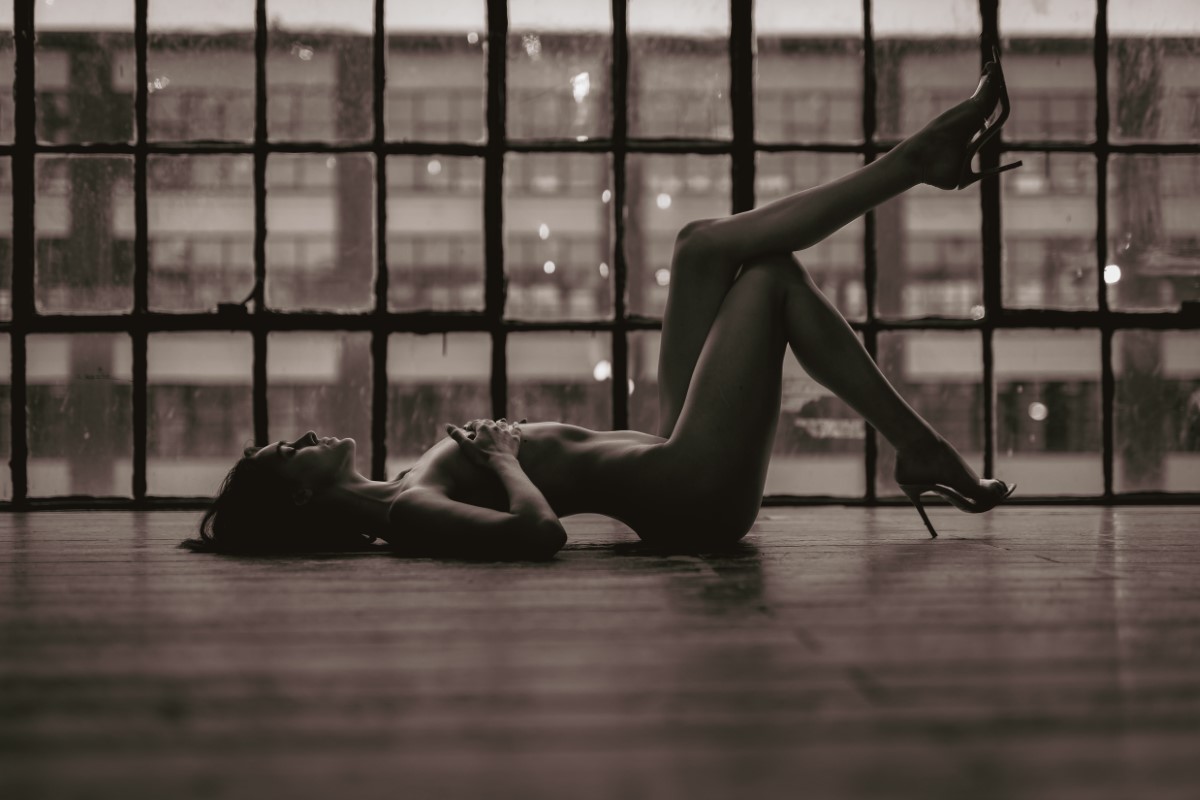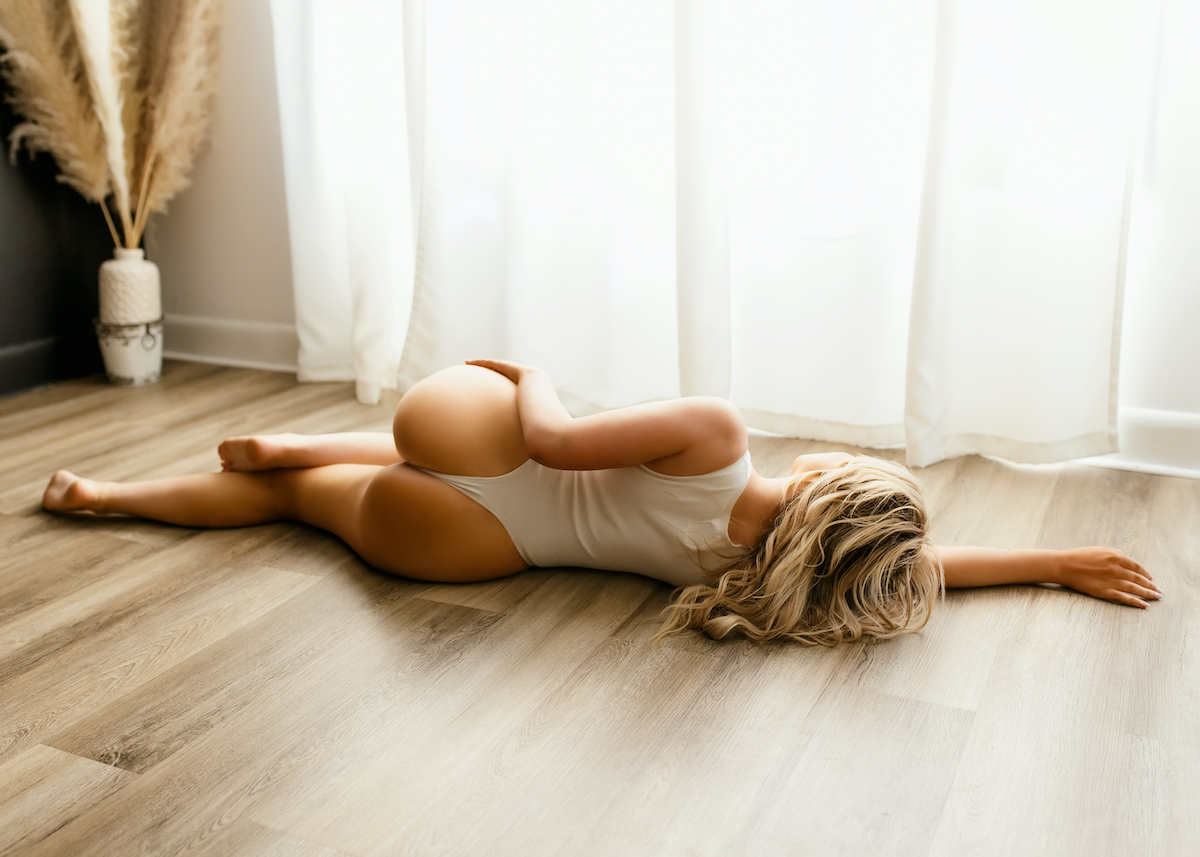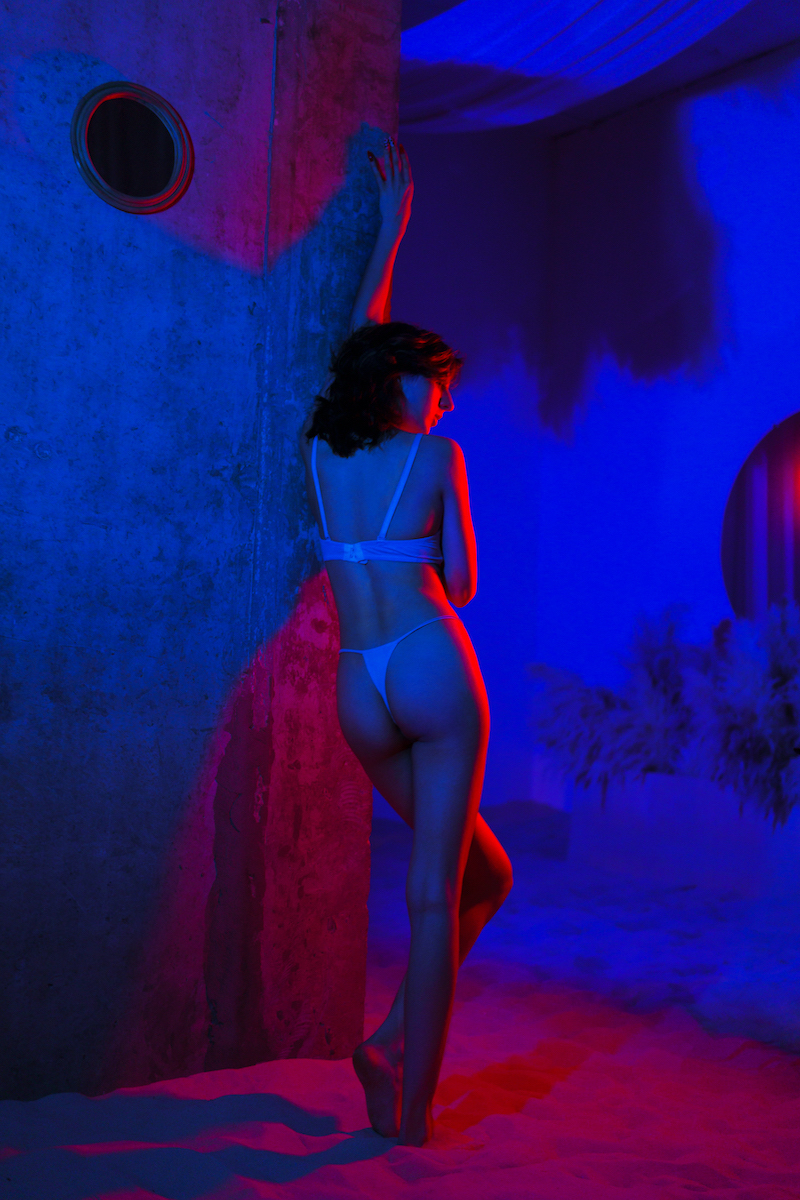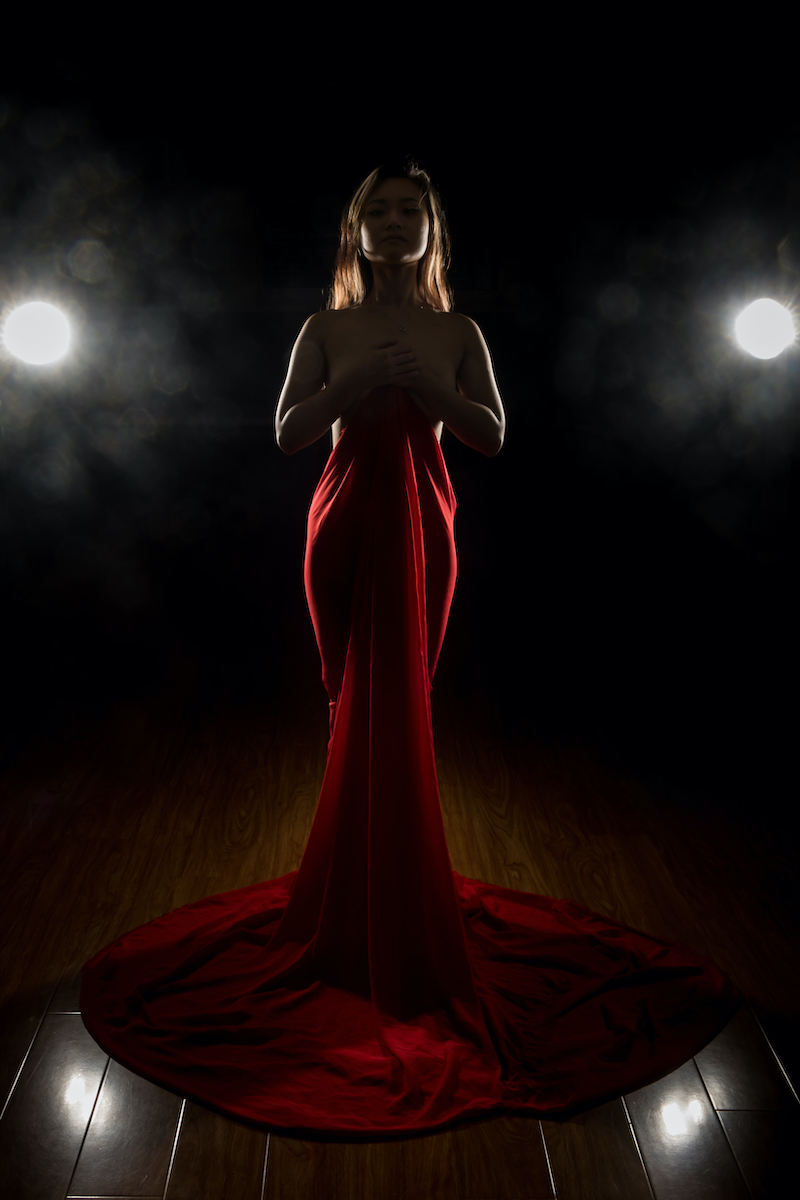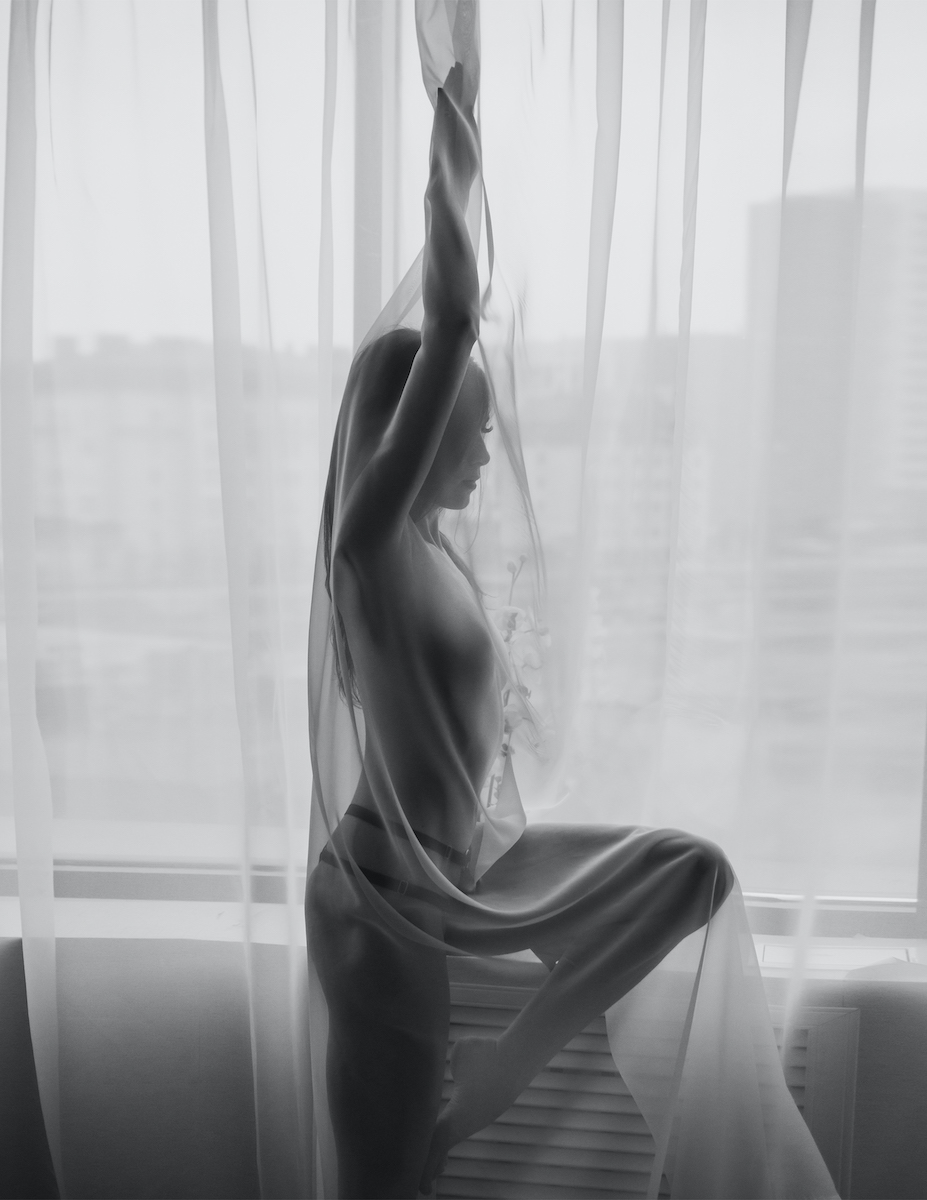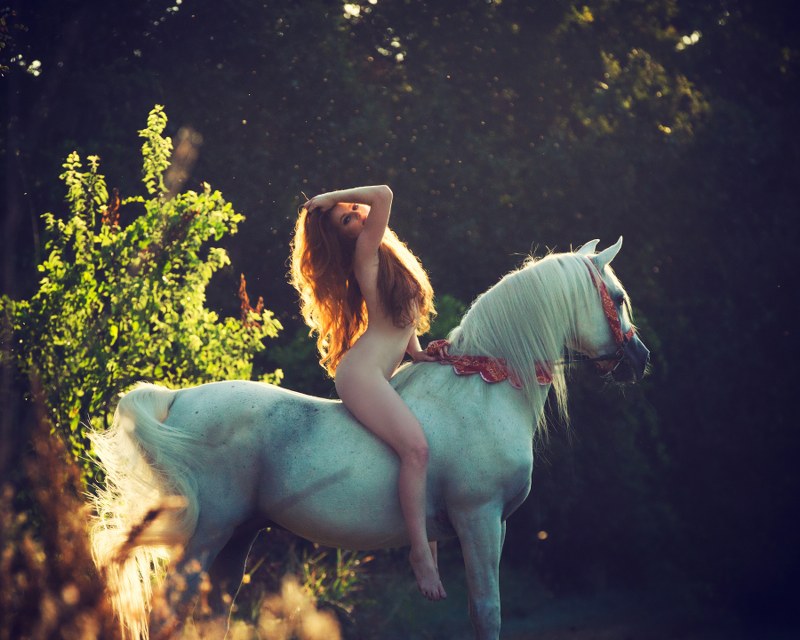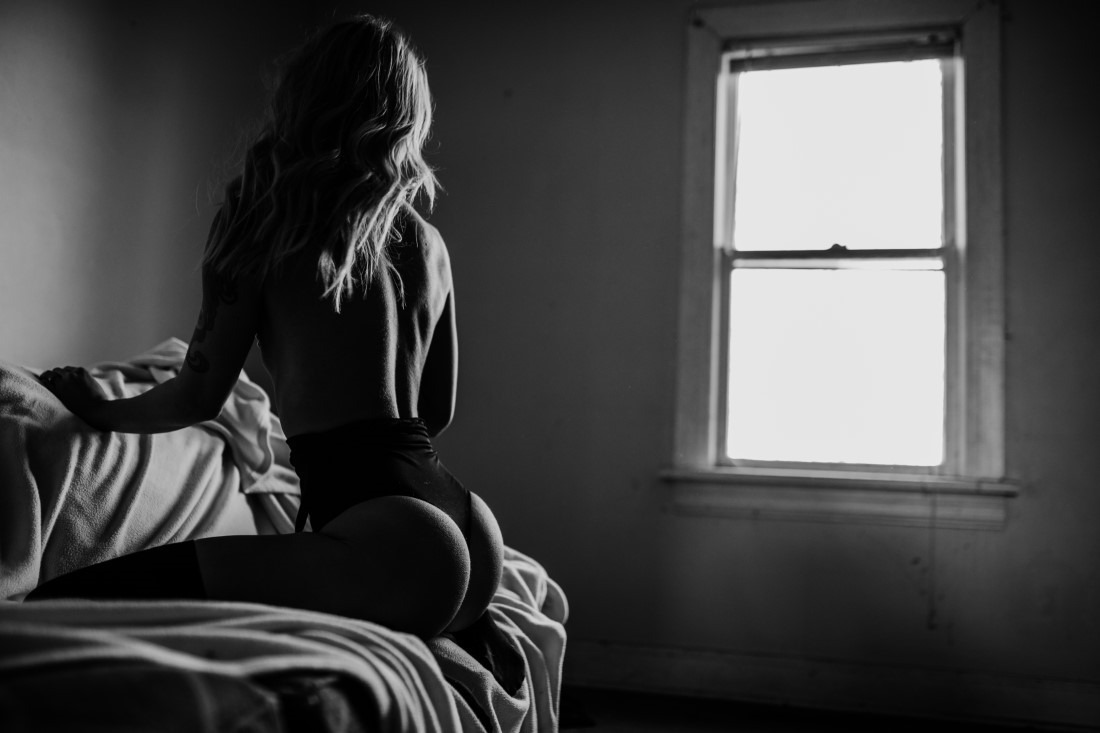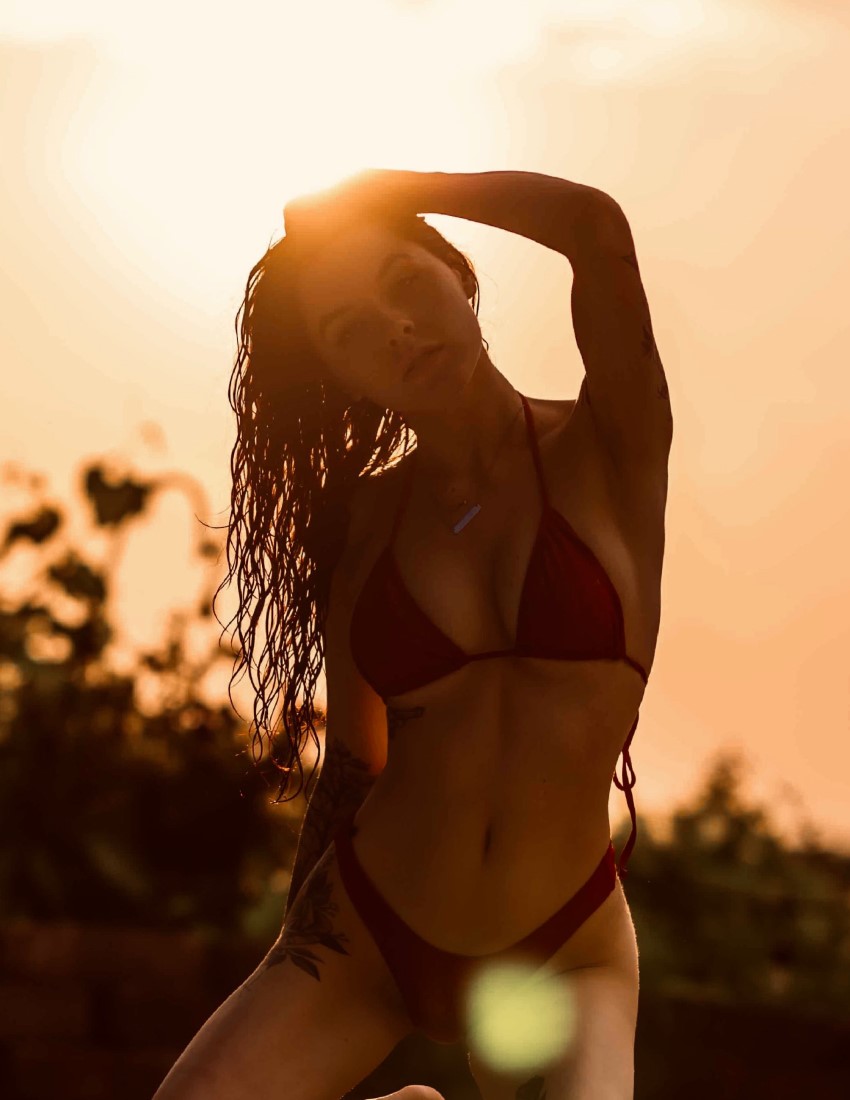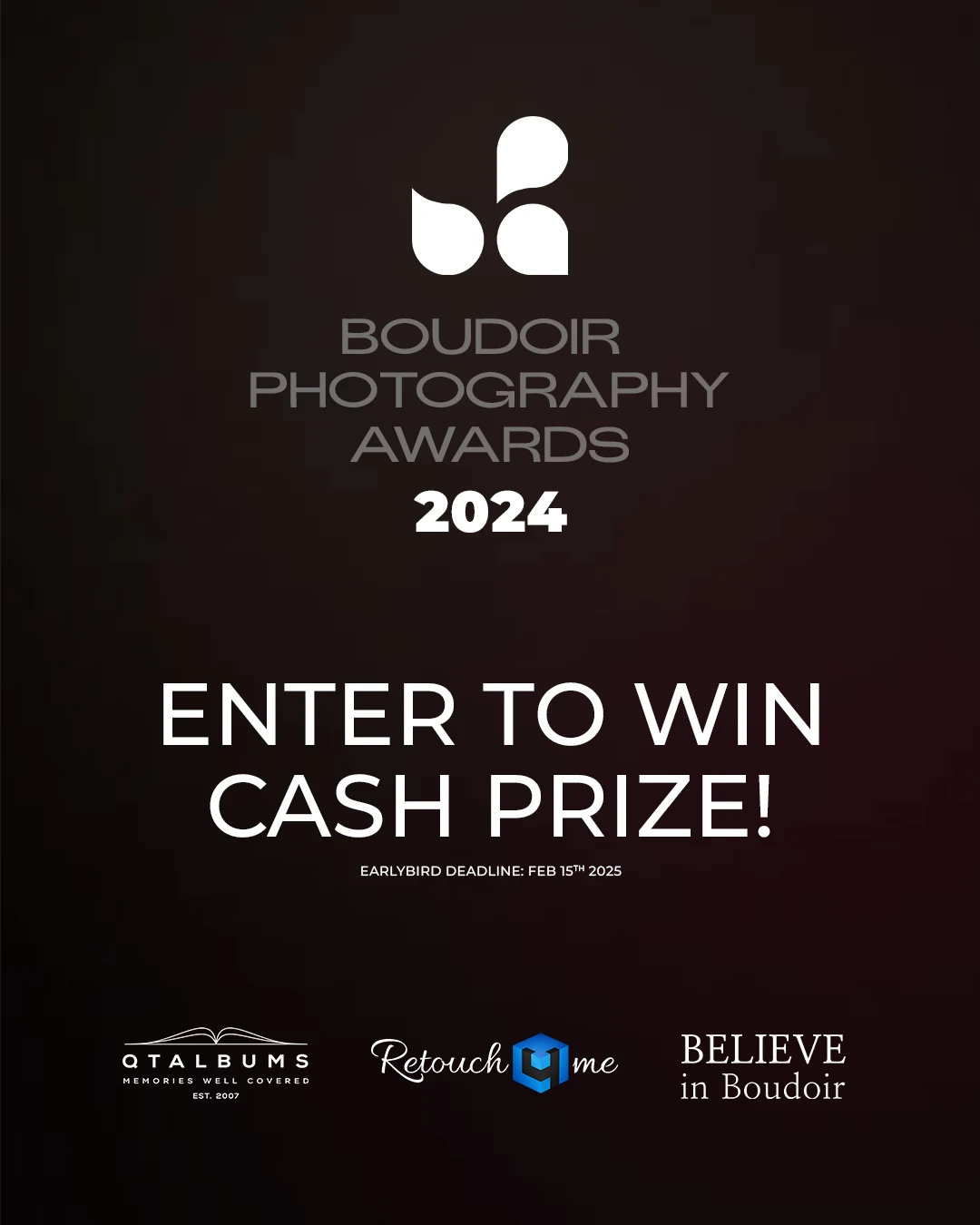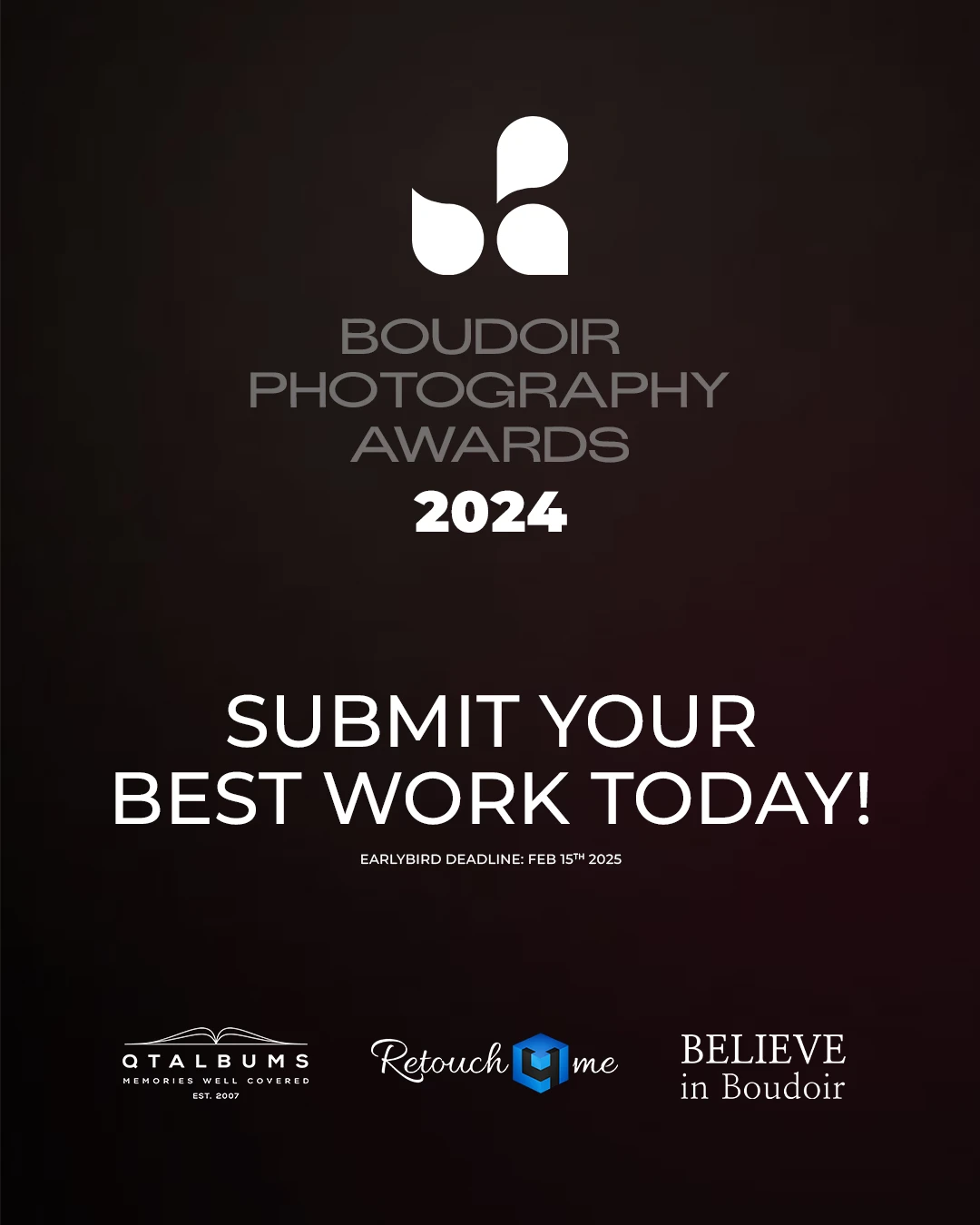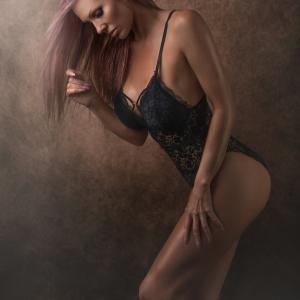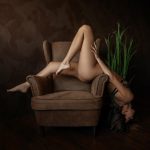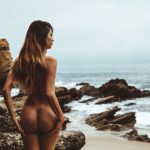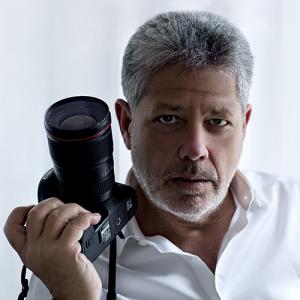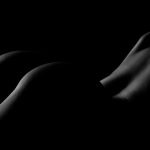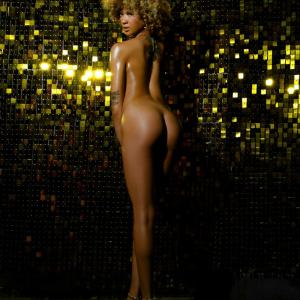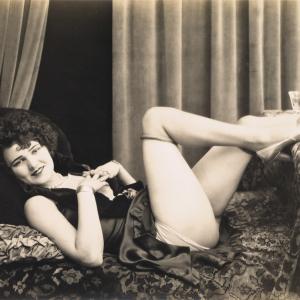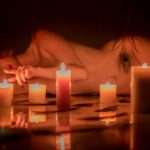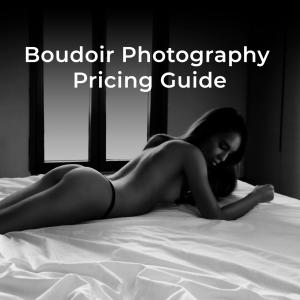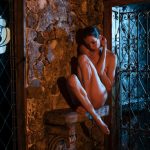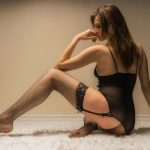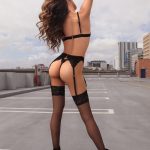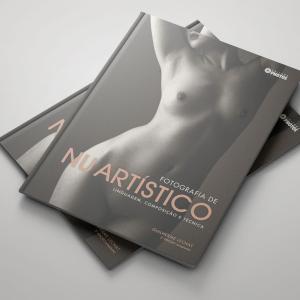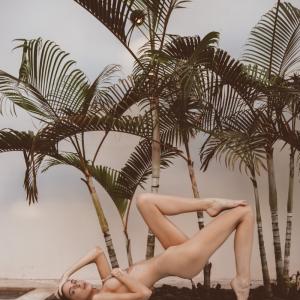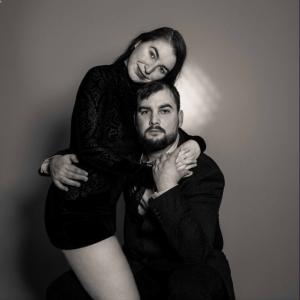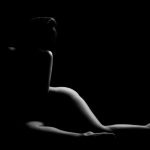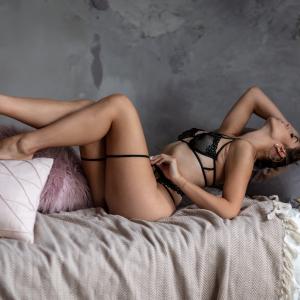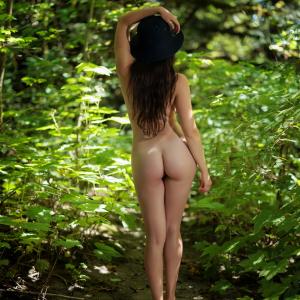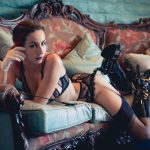Backlighting is a powerful lighting technique in boudoir photography, celebrated for its ability to create dreamy, intimate, and visually striking images. By positioning the light source behind the subject, backlighting enhances contours, adds depth, and can evoke a sense of mystery or romanticism. Whether you’re shooting with natural light, studio equipment, or creative props, backlighting can transform your boudoir photos into stunning works of art.
In this blog, we’ll explore the magic of backlighting, why it’s ideal for boudoir photography, and how to use it effectively to craft unforgettable images.
What Is Backlighting?
Backlighting refers to a lighting setup where the primary light source is positioned behind the subject, illuminating the edges and creating a glowing, halo-like effect. Instead of lighting the subject directly, backlighting focuses on enhancing the atmosphere, contours, and textures in the scene.
Key Characteristics:
⦁ Halo Effect: Creates a soft glow around the subject, especially when shooting against sheer fabrics or hair.
⦁ Silhouettes: Backlighting can emphasize the subject’s shape and curves while keeping details in shadow.
⦁ Depth and Texture: Add layers to your composition, highlighting textures like lace, tulle, or water droplets.
Why Backlighting Works for Boudoir Photography
Backlighting is particularly effective in boudoir photography because it enhances the sensual and intimate nature of the genre. Here’s why it’s a go-to technique:
1. Highlights Curves and Contours
- Backlighting outlines the subject’s silhouette, emphasizing curves in a subtle, artistic way perfect for boudoir themes.
2. Adds an Ethereal Mood
- The soft glow of backlighting creates a romantic, dreamlike atmosphere, ideal for the boudoir’s emotional and empowering tone.
3. Enhances Transparency and Textures
- When paired with materials like lace, sheer curtains, or flowing fabrics, backlighting brings out intricate details and textures, adding depth to the image.
4. Evokes Mystery and Drama
- By leaving parts of the subject in shadow, backlighting can evoke a sense of intrigue, drawing the viewer into the story behind the image.
How to Use Backlighting in Boudoir Photography
1. Natural Light Backlighting
Using natural light, such as sunlight streaming through a window, is a simple yet effective way to achieve backlighting.
Tips:
⦁ Golden Hour: Shoot during golden hour for warm, glowing backlighting that flatters the subject and enhances the mood.
⦁ Window Light: Position the subject in front of a window with sheer curtains to diffuse the light and soften shadows.
⦁ Silhouettes: Have the subject pose directly before the light source for a dramatic silhouette effect.
Creative Idea:
Use flowing fabrics or tulle in front of the light to add a dreamy, artistic quality to your photos.
2. Studio Backlighting
Studio backlighting gives you more control over the intensity and placement of the light, making it ideal for precision and experimentation.
Tips:
⦁ Use a Softbox or Strip Light: Place the light source behind the subject to create a controlled glow without overpowering the scene.
⦁ Add Gels: Experiment with colored gels on your backlight to introduce mood-enhancing hues like red, blue, or pink.
⦁ Layer Lighting: Combine backlighting with a subtle fill light in front to maintain detail while preserving the ethereal glow.
Also, you can mix dynamic lighting technique and studio backlighting to get more breathtaking results.
Creative Idea:
Pair backlighting with a fog machine or aerosol spray to create light rays and a misty atmosphere.
3. Backlighting with Props
Incorporating props can take your backlighting to the next level by adding texture and visual interest.
Props to Use:
⦁ Sheer Curtains: Let the light shine through curtains for a soft, filtered effect.
⦁ Mirrors: Reflect the backlight onto the subject for layered compositions.
⦁ Lace Fabrics: Use lace before the light to project intricate patterns onto the subject’s skin.
Creative Idea:
Have the subject interact with the prop, such as holding lace close to their face or tossing fabric into the air for dynamic motion.
Check these links for more about How to Use Props, Mastering Mirror Reflecletions and tips for Using Curtains or Tulles for Boudoir.
4. Backlighting with Hair and Movement
Backlighting beautifully illuminates hair, making it appear weightless and radiant.
Tips:
⦁ Hair Toss: Ask the subject to flip or toss their hair gently to capture the movement and glow.
⦁ Messy Elegance: Let loose strands of hair catch the light for a soft, natural effect.
Creative Idea:
Combine hair motion with a fan or natural breeze to create a sense of freedom and spontaneity.
Camera Settings for Backlighting
To achieve the best results with backlighting, you’ll need to adjust your camera settings carefully.
Recommended Settings:
⦁ Aperture: Use a wide aperture (e.g., f/2.8–f/4) to create a shallow depth of field and emphasize the subject.
⦁ Shutter Speed: Adjust based on the light intensity; faster speeds for outdoor backlighting and slower speeds for softer, indoor light.
⦁ ISO: Keep the ISO low (e.g., ISO 100–400) to minimize noise, especially in high-contrast scenarios.
⦁ Exposure Compensation: Overexpose slightly (+1 or +2 stops) to retain detail in the shadows while enhancing the glow.
Challenges of Backlighting and How to Overcome Them
1. Overexposure
Backlighting can easily lead to overexposed highlights, especially in bright conditions.
Solution: Use a spot meter to expose the subject’s skin or add a reflector to bounce light onto shadowed areas.
2. Lens Flare
While lens flare can be artistic, it might also obscure the subject if not controlled.
Solution: Use a lens hood or position the light source slightly off-center to manage flare.
3. Shadow Loss
Backlighting often places the subject’s front in shadow.
Solution: Incorporate a subtle fill light or reflector to maintain detail in shadowed areas.
Creative Backlighting Ideas for Boudoir
⦁ Fog and Light Beams: Use fog machines to create rays of light emanating from behind the subject.
⦁ Reflection Play: Position the subject near a reflective surface, such as a mirror or water, to capture light bouncing back into the frame.
⦁ Colored Backlighting: Experiment with colored gels to create vibrant, dramatic effects that add mood and storytelling.
Check this link for getting more information about Colorful Light Settings
Why Backlighting Elevates Boudoir Photography
Backlighting offers a unique way to add depth, emotion, and artistry to boudoir photography. It emphasizes curves, creates an intimate glow, and allows for creative exploration with textures, props, and silhouettes. This technique not only enhances the subject’s beauty but also invites the viewer into a world of mystery and romance.
Final Thoughts
Mastering backlighting in boudoir photography opens up endless creative possibilities. Whether you’re using direct sunlight streaming through a window, a soft studio setup, or incorporating props like lace and mirrors, backlighting brings a sense of magic and intimacy to your images. By experimenting with angles, camera settings, and poses, you can craft photos that are not only visually stunning but also deeply evocative.
Please check these for getting further tips about Pose Ideas for Boudoir and reaching more Lighting Techniques.
Citations
1.Backligthing Technique in Boudoir: Discusses the Backligting Technique in a different perspective.
https://www.boudoirbytutti.com/blog/lighting-techniques-for-boudoir-photography

